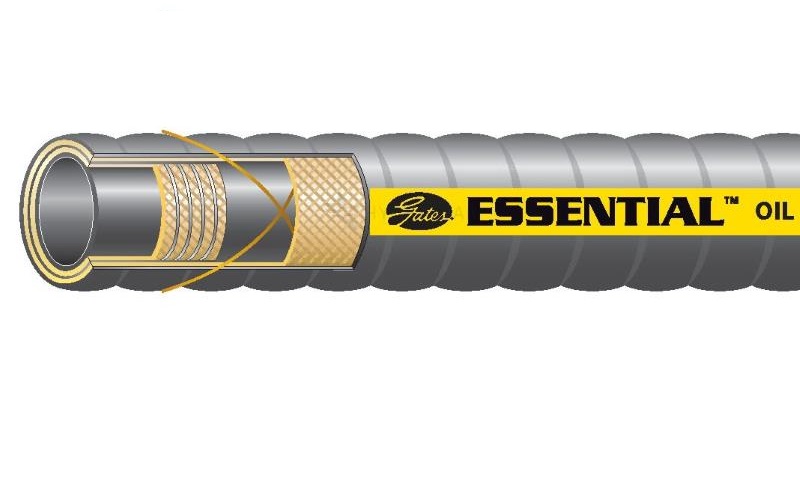The integrity of the hydraulic hose is vital to the proper functioning of the entire hydraulic system. That’s why hydraulic hose safety is one of the top priorities for engineers. With the right approach to maintenance, hydraulic hoses can serve for many years ensuring the proper functioning of the system.
At Hydrastar, we have over 100 years combined experience ensuring hydraulic hose safety in a variety of systems. We would like to share a few tips to help you keep the system intact for as long as possible.
Selecting A Proper Hose
The key to hydraulic hose safety is finding the right one for your purposes. The selection of the hydraulic hose depends on many factors. The major ones are known as S.T.A.M.P.
- S – Size. The most important dimension of the hose is its inner diameter. The inner diameter determines proper system flow velocity.
- T – Temperature. The hose should be designed to handle the ambient temperature (the temperature of the environment around the hose) and the system temperature (the temperature of the conveyed media).
- A – Application. The hose’s construction should comply with the industry standards for maximum service life.
- M – Media. The parts of the hose assembly must be compatible with the conveyed media. High and low media temperatures may have an adverse effect on the hose. Hoses should be marked with temperatures they can withstand for different fluid types.
- P – Pressure. The hose should withstand the system spike pressure. The maximum working pressure of the hose must exceed the system surge/spike pressure.
Doing Regular Maintenance
The quicker you find problems with the hydraulic hose, the fewer expenses you will incur in the future. Creating a strict maintenance plan is vital to ensuring hydraulic hose safety. At Hydrastar, we are always ready to help you come up with an optimised maintenance plan for your hydraulic system.
Paying Special Attention To Leaks
Leaks are a sign something is definitely wrong with your hydraulic hose. Leaks can pose a fire hazard and a safety concern for the technicians. Meanwhile, the expenses for lost hydraulic oil and fluids can be substantial.
Even the smallest leak can lead to unfortunate consequences. It’s important to monitor the system continuously to avoid damage.
Avoiding Hose Contamination
When installing or replacing a hose assembly, pay special attention to its cleanliness. Putting a contaminated hose on your assembly can cause quicker wear and faster failure. All spare parts should be checked for contamination before assembly and installation.
Dirt inside the hose doesn’t damage the hose itself. However, it has an adverse effect on valves, cylinders, pumps, and other parts of the system.
Maintaining The Correct Temperature
The hydraulic fluid temperature should never exceed the temperature a hose is designed to handle. Each hose has its own temperature rating. Excessive fluid temperatures lead to minor hose damage, which eventually results in the loss of flexibility.
Following The Pressure Rating
Exceeding the maximum working pressure of the hose leads to potentially dangerous situations. Excessive pressure shortens the lifespan of the hose and increases maintenance expenses.
Our Free Guide To Reducing Downtime
Ensuring hydraulic hose safety helps improve its longevity. For more information about ways to minimise the system’s downtime, please download our free e-book How To Minimise Downtime With Pneumatic Plant & Machinery.



